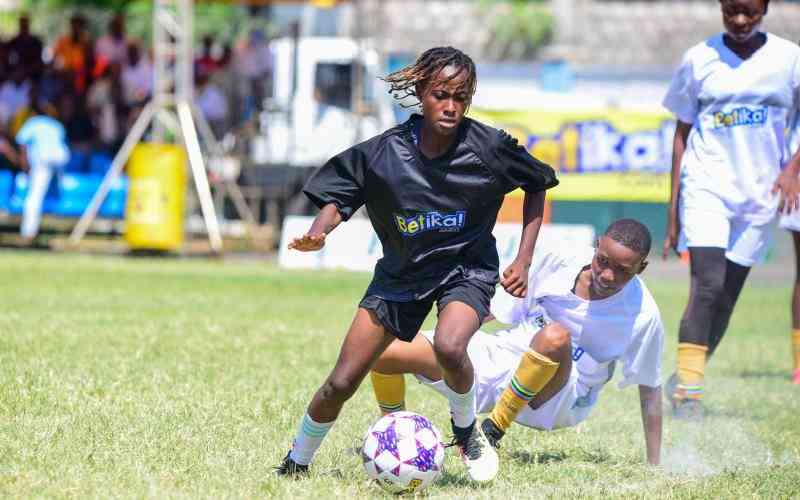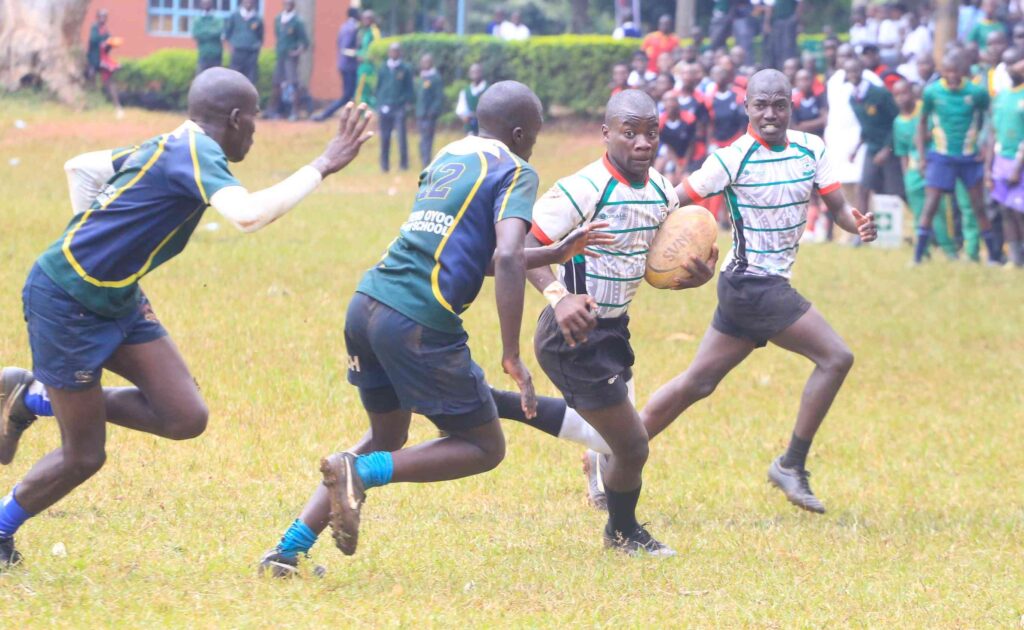In Kenya, women face higher HIV infection rates than men due to unequal power in sexual relationships, biological vulnerability, and widespread gender-based violence.
“Many women lack the power to decide when or how to have sex, or whether to use a condom,” said Joab Kwasere of the National Syndemic Diseases Control Council (NSDCC).
This leaves them more exposed to unprotected sex and at greater risk of HIV.
“Biologically, women have a larger surface area exposed to the virus compared to men,” Kwasere told The Standard.
“During sexual encounters, many women are not empowered to make decisions, leaving them more vulnerable to infection,” he added.
Data by NSDCC shows that at least 1,378,457 people are living with HIV in Kenya – 487,710 males and 890,747 females.
Ironically, more men are born with the virus, but the burden of infections shifts as girls reach adolescence.
Data shows a slight increase of infections in females between the ages of 15 and 19 years, with infections in males gradually reducing at the same ages.
At this age, girls are mostly in high school and colleges, where they indulge in sex, either due to peer pressure or are sexually violated through sexual and gender based violence (SGBV).
For example, at zero to four years, 8,079 males had HIV against 7,915 females
More males also had the virus at the ages of five to nine years at 11, 283 against 11, 116 for females.
Among children aged between 1o to 14 years, there were 16,627 males against 16, 413.
However, the number of females gradually begins overriding that of males at the ages of 15 to 19 years, according to the data.
For example, in 2024, at least 28, 967 females had the virus, a difference of 6,107 in males of the same age who had only 22,860 infections.
Stay informed. Subscribe to our newsletter
The number tripped at 24 to 29 where, out of a total of 79, 953 people in the age group living with HIV, at least 28,251 were males, while 51, 702 were females.
The numbers continue to triple over the years; for instance, among those aged between 25 and 29 years, males living with HIV were 36, 195 whereas females were 79, 823.
The cases drastically increase among people in the age group of between 30 and 34, with at least 101,712 females testing HIV positive, against 44, 117 males.
There are the highest infections at the ages of 40 to 44 years, with at least 193, 209 people infected with the virus.
Of the numbers, 131, 437 were women against 61,771 males.
HIV is highly transmitted through unprotected sex, birth, breastfeeding, and transfusion of blood infected with the virus.
Anal sex also has high chances of HIV transmission.
Caroline Kinoti from the Health Promotion and Capacity Development department at NSDCC highlighted the increased vulnerability of certain groups to HIV.
“Receptive vaginal sex in women carries a higher risk of HIV transmission as does sex between men,” Kinoti explained. “The greater the surface area exposed during sex, the higher the risk of infection.”
She emphasised that while more males are born with HIV, from the age of 15, more females begin acquiring the virus. “What is happening?” she asked, pointing out that many girls living with HIV are still in high school or entering university.
Due to these high infection rates among females, NSDCC is prioritising programs that empower girls to prevent HIV.
“Sometimes we must focus more on females – and for a good reason. People ask why we’re not focusing on boy child. We are. But we can’t afford to stop focusing on girls and women, who face higher infection rates even into their 60s,” she said.
One key intervention, Kinoti noted, is keeping girls in school.
“Schools provide a protective environment. Education is a form of family planning – it keeps girls safe. We saw a spike in teenage pregnancies during the COVID-19 pandemic when many were out of school.”
She also stressed the importance of sex education, saying it equips girls with knowledge about safe sex and sexually transmitted infection (STI) risks, including chlamydia, which can cause infertility.
She encouraged abstinence, urging young people to delay sexual activity until they are mature enough to make informed, responsible decisions.
The NSDCC is promoting abstinence among college and university students as a key strategy to eliminate HIV infections through the G-Jali programme.
The programme provides training on HIV/AIDS, covering modes of transmission and effective prevention methods. It also addresses alcohol, drug, and substance abuse, which are common in learning institutions.
Students are also educated on safe sex practices, including the importance of condom use to prevent HIV, other sexually transmitted infections, and unplanned pregnancies.
According to Kinoti, many students lack awareness about HIV/AIDS and available prevention options. Knowledge about Pre-Exposure Prophylaxis (PrEP) and the importance of regular testing is also limited.
Kinoti made these remarks during a G-Jali sensitization event held over the weekend at the Technical University of Mombasa.
At the event, students underwent HIV testing, received education on safe sex, and were encouraged to abstain as a way to prevent infection.
Ends…
UTILITY
1, 378, 457
People living with HIV in Kenya
487, 710
Number of males living with HIV
890,742
Number of females living with HIV
Ends…

























